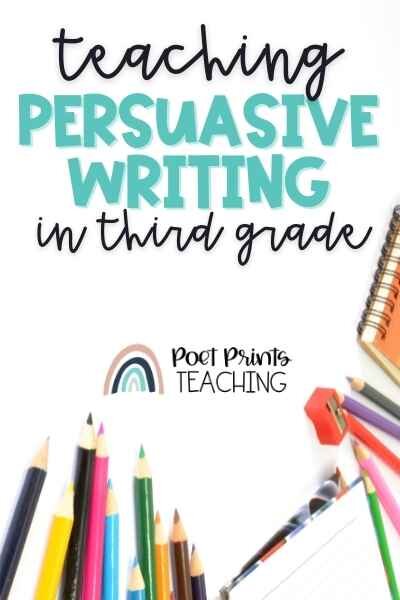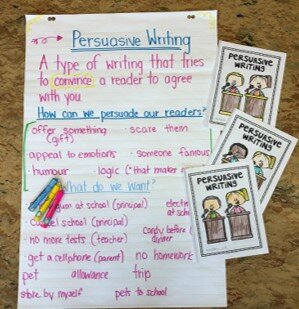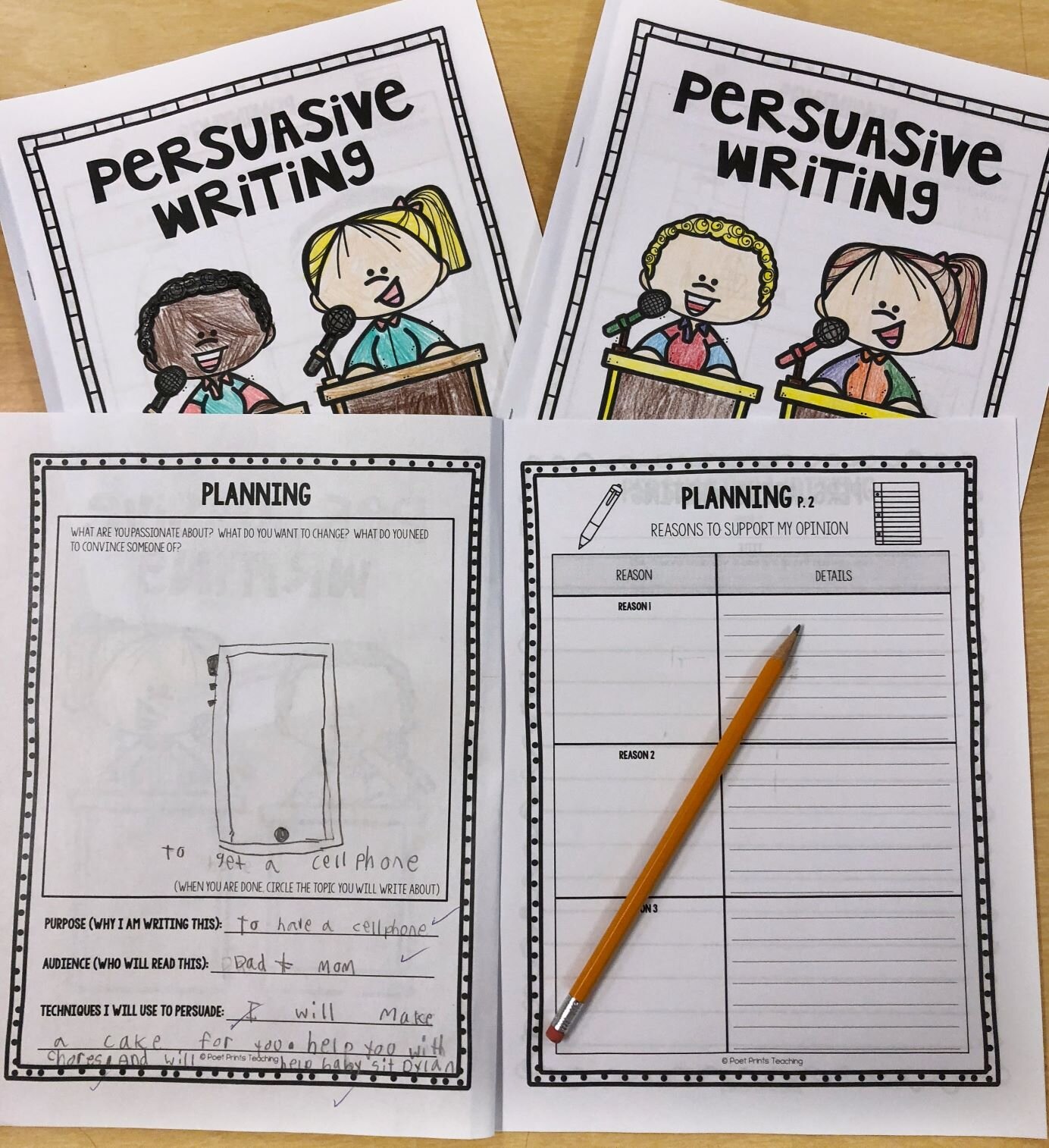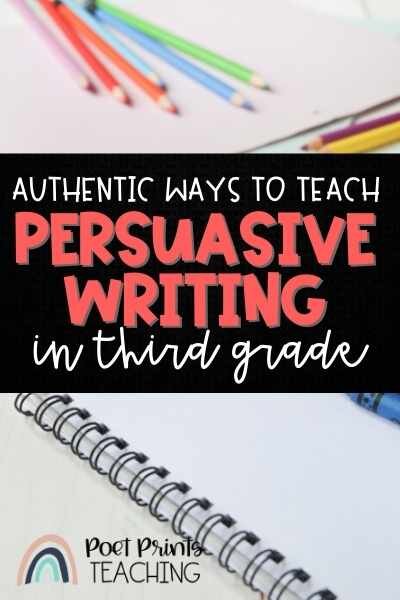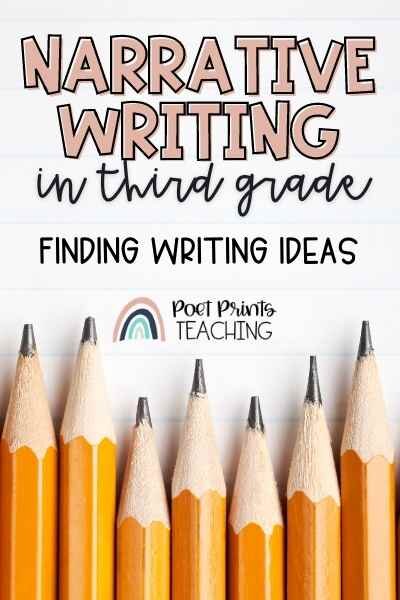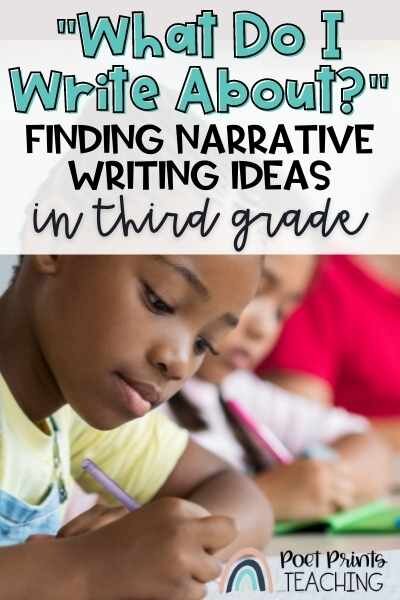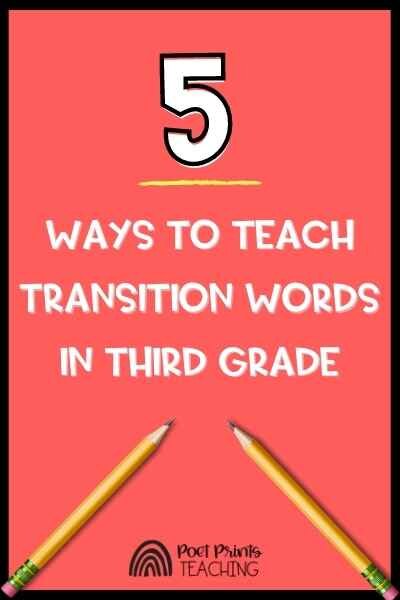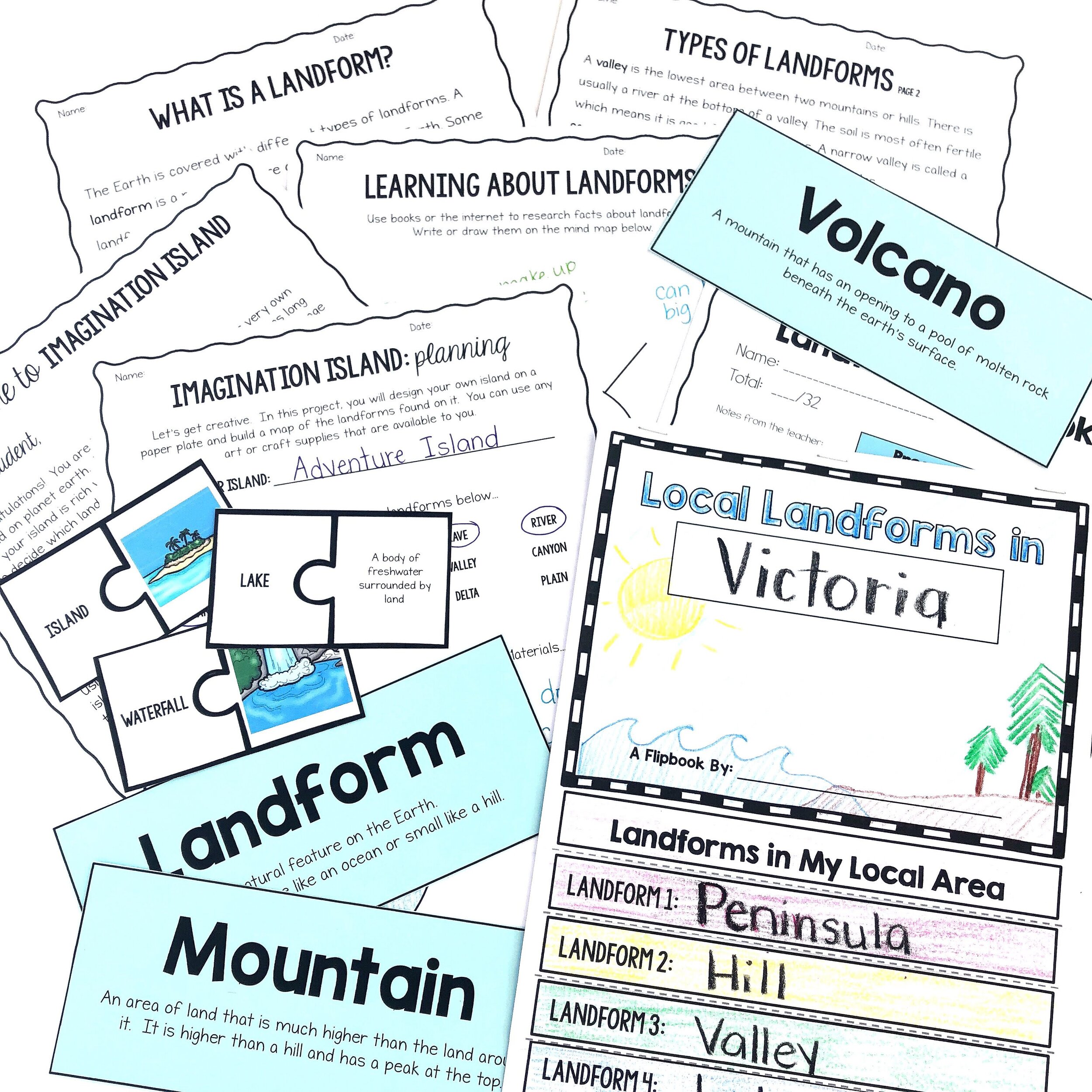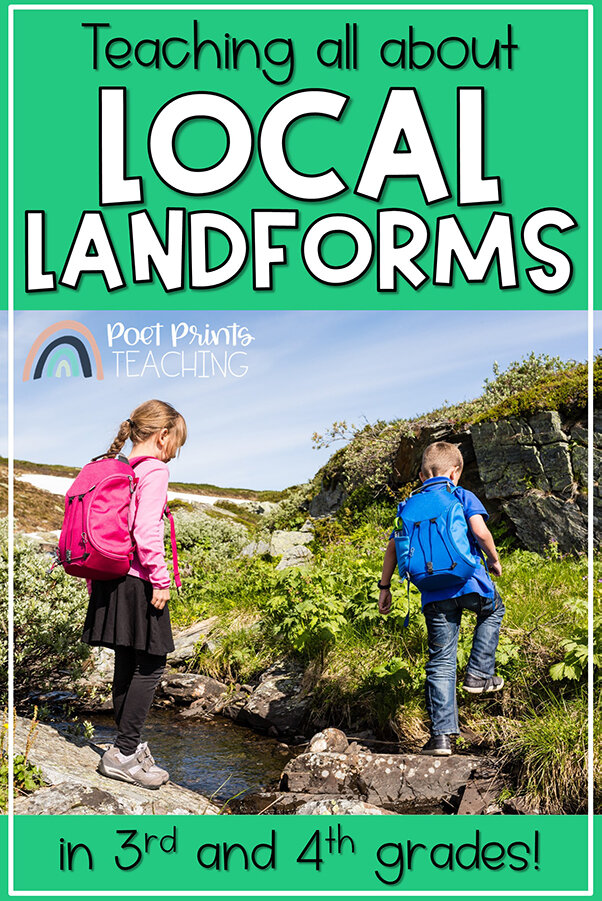Do you remember when you were a kid and you would dig for buried treasure? Or did you search for dinosaur bones? And when you learned about fossils, did you search high and low for fossils in the forest, at the beach and in your backyard? Well, I think it’s safe to say that kids are obsessed with finding things like fossils. I’ve always tried to channel that energy and excitement into science lessons on fossils, because it’s such a great one to channel. Take a peek at some of my favorite lessons about fossils for 3rd grade.
How Do You Explain Fossils to Kids?
Fossils teach us a lot. They are the preserved remains of plants or animals that turn into stone over a long period of time. Our students need to understand that fossils are created through a process called fossilization. Then, we need to teach students about the different types of fossils. There are petrified fossils, preserved fossils, molds, casts, and trace fossils. There are even mummified fossils. Each fossil is created in a different way. Your students will be so excited to learn about fossils.
Make Your Own Fossils
A sure fire way to engage your students is making your own fossils. Make some air dry play dough or buy some clay, like Crayola Model Magic. Then have children press an object like a toy animal, a leaf, a pencil...really anything….into the clay. Remove the object and then let the clay dry. You’ve just made a trace or cast fossil.
If you want to get extra creative, you can buy some plaster from Amazon or Michaels and pour the plaster into the clay mold. Let it dry and have students “excavate” the mold like a paleontologist.
Dry Noodle Dinosaurs
If you want another hands-on activity, you might love dry noodle dinosaurs. Print out pictures of common dinosaurs from Google Images. Then, using construction paper, white glue and dry pasta noodles, students can recreate what the dinosaur bones would have looked like. For example, they might use long spaghetti noodles for the neck bones of the brachiosaurus. Then they might use shorter spiral noodles for the legs and macaroni for the ribs. This is a chance for students to be creative as they create their own dinosaur fossils.
Fossils For Kids Video
This YouTube video is a great mini lesson about how fossils are formed, the types of fossils and more!
Combine fossils with close reading!
Nonfiction reading passages all about fossils.
There is so much to learn about fossils, and one of my favorite ways to teach about fossils is to combine the science of fossils with close reading passages. When we dive into informational text it really gives students the background knowledge (and vocabulary!) to be able to interact with the hands-on materials in a new way.
In this unit, we started by looking at two paired passages: What is a Fossil and Digging Up Dinosaurs. We read both, answered comprehension questions, and focused in on ‘sequencing’ as our key reading skill.
Then, for the STEM extension, students made their own fossils using a simple air dry coffee/salt dough. They planned out items to ‘fossilize’ and sketched their completed fossils. It was a lot of fun.
If you’re looking for lessons that are completely prepared for you, check out my Reading into Science: Fossils unit. This unit is designed to teach third grade students all about fossils. What are fossils? What can they teach us? How are they extracted from the earth?
The lesson plans are completed for you so you don’t have to worry about anything.
Fossils are fascinating for children! Let’s help our students get fully engaged as they learn from the fascinating world of fossils.
Plan Your Fossils Lessons With One Click
Looking for a FAST way to plan out your fossils unit that already includes paired nonfiction passages? In just a few clicks you can grab all of the pieces you need: lesson plans, paired passages, reading comprehension, key reading skills, and a hands-on science extension. Click and print. Planning is really that easy.
Want to try an integrated reading and science lesson for free? ‘Bridges’ is an integrated reading and science lesson that covers NGSS standards all about the Engineering and Design process. It includes paired passages about famous bridges, reading comprehension, and a science extension. Sign up and try it out for free today.




































